“I would describe Midurbia as a step away from the traffic, noise, tourism and busy commuter tubes of central London, while still having easy access to all its benefits,” says Loesje Macrory, 42.
The early years team leader works at a primary school and moved to Nunhead in 2016 with her husband Sam, 43, director of communications, and their two daughters, Anna, 10, and Sasja, eight.
“We previously lived in Camberwell, but after having our second child we wanted a bit of a garden and a house, rather than a flat, and not on a busy main road,” says Macrory. “We also wanted cats for the children. Nunhead gave us many of the benefits of a suburban lifestyle, but with access to London.”
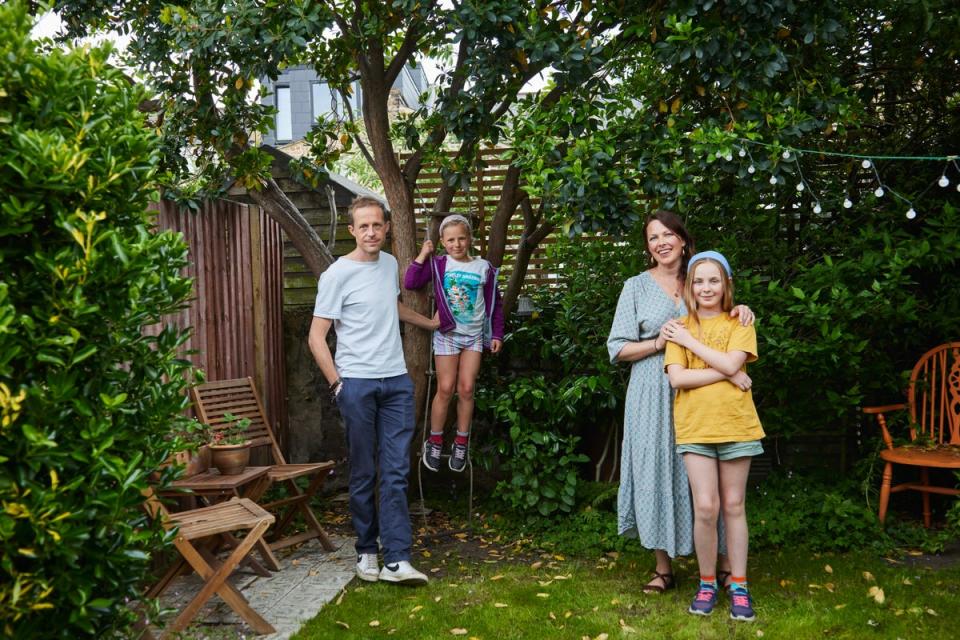
Midurbia includes areas with their own pseudo-suburban bubble, which are a bit rough and ready, not yet fully gentrified or well-known, but close to trendy, hipster neighborhoods. They tend to have diverse communities, including creatives who want to establish themselves but are priced out of these adjacent areas.
Although neither of them knew much about Nunhead before moving there, the Macrorys now live in a three-bedroom Victorian house and have come to appreciate everything it has to offer.
“We have a few community-run pubs within walking distance.”
Loesje Macrory
“You have easy access to London’s culture and colour. We are between Nunhead and Queens Road Peckham and the overground transport is great so I hardly ever use the tube. I like that we still don’t feel like we need a car, which certainly wouldn’t be the case if we moved to the suburbs.”
Peckham is a five-minute walk away and has many amenities you would associate with a hipster area, such as Peckham Levels, a multi-storey car park that has been converted into yoga studios, co-working spaces, rooftop bars and offers several vegan restaurants.
The family has also discovered that there are plenty of things to do closer to home.
“We have a few community-run pubs within walking distance,” says Macrory. “Every summer we have a street party, which is well attended by our neighbors and where the professional live band of one of the neighbors is also present.”
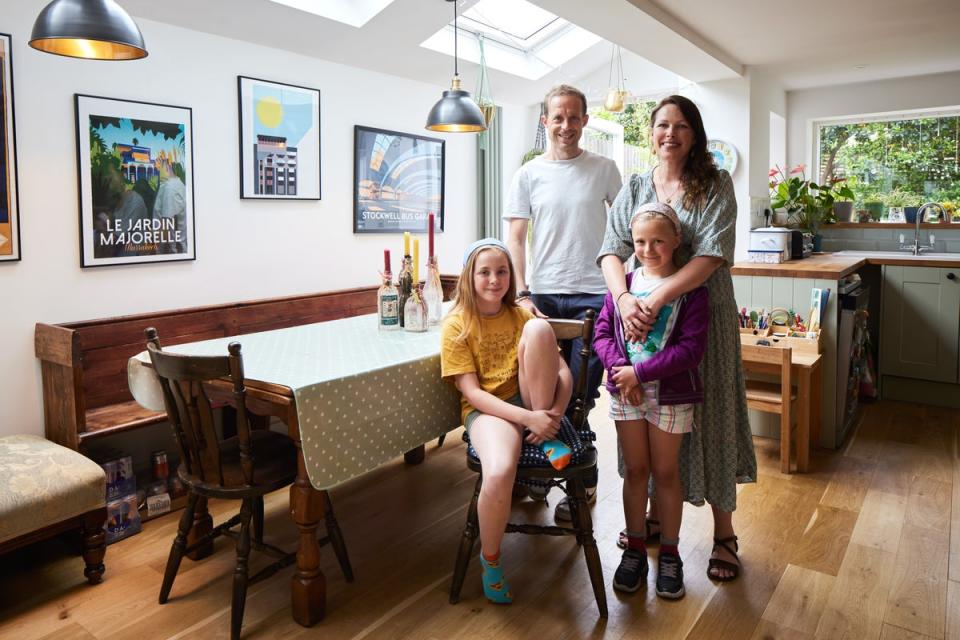

The high street also has its own family-run fishmonger, independent supermarket and bakery, making local shopping easy. There are also three good schools nearby. “A big advantage is that we don’t have to travel far for good and varied cuisine, coffee, art and a wide range of extracurricular activities for our children.”
Nunhead is known for its diversity, and Macrorys Street is home to people who have lived there for thirty or forty years, as well as young professionals moving for their growing families.
“There is a good mix of people, creatives and city workers. The parents of our children’s friends include artists, writers, teachers and civil servants.”
Loesje Macrory
Macrory even bumped into two of her school friends who live nearby, despite growing up in Hertfordshire. Three-bedroom houses in the area range from £750,000 to £1 million. “There is a good mix of people, creatives and city workers. The parents of our children’s friends include artists, writers, teachers and civil servants.”
The area has a range of accommodation options with houses, flats, studios and social housing, making it not exclusively accessible to people with particularly high incomes. For them, Nunhead is an intimate community in their own enclave, where people look after each other and feel safe.
Hamptons Research found that certain parts of London have seen an influx of people working in the creative industries, pointing to a Midurbia area.
“While in London as a whole the share of creative industries jobs has increased by just 0.3 per cent over the course of the pandemic, some places have seen significantly faster growth rates,” said David Fell, principal analyst at Hamptons.
“Some of these have grown from a low base (Plumsted, Woolwich, Forest Gate, Tatem Park), while others, such as Bethnal Green and Nunhead, have seen strong growth from an already high base. All these places have avoided the price drops across London as a whole.”
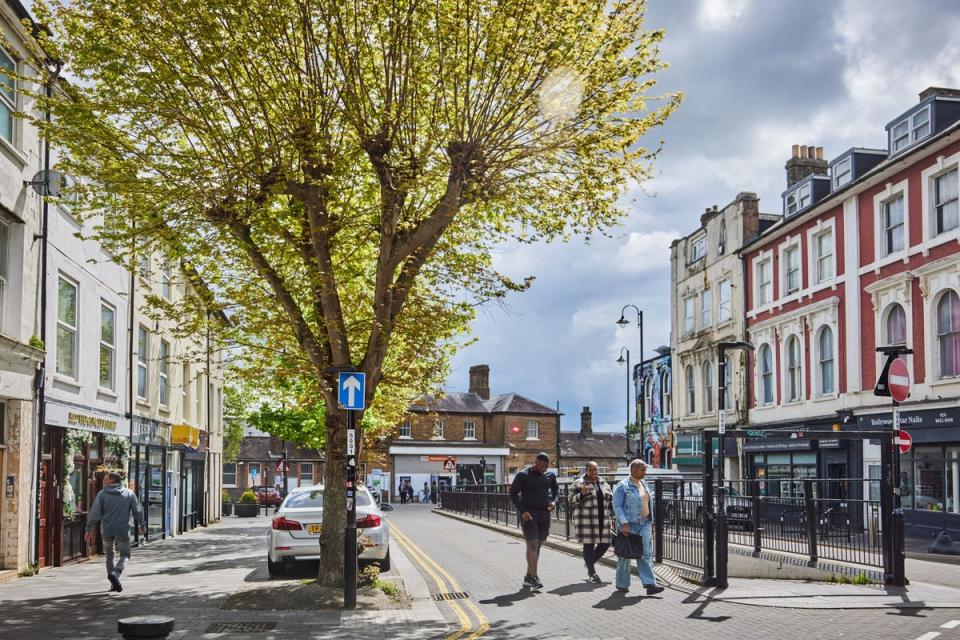

“I think the reason places like Nunhead are becoming more popular is that they have more to offer than their neighboring locations,” says Harris Minhas of estate agency Dexters.
“These small pockets have the standard amenities alongside independent brands, events and young communities. Furthermore, the property market in Nunhead is a little more relaxed, which is another reason why it appeals to people. The rent is more affordable than in other areas that are slightly more central and better known.”
Hamptons found that Nunhead has bucked the trend of falling house prices seen in the capital this year.
While prices in London as a whole fell by five percent, Nunhead rose by two percent, bringing the average property price to £699,250. “In Nunhead terms, Midurbia is his individuality. There are popular shops on the high street, but crucially there are also independent businesses,” says Minhas.
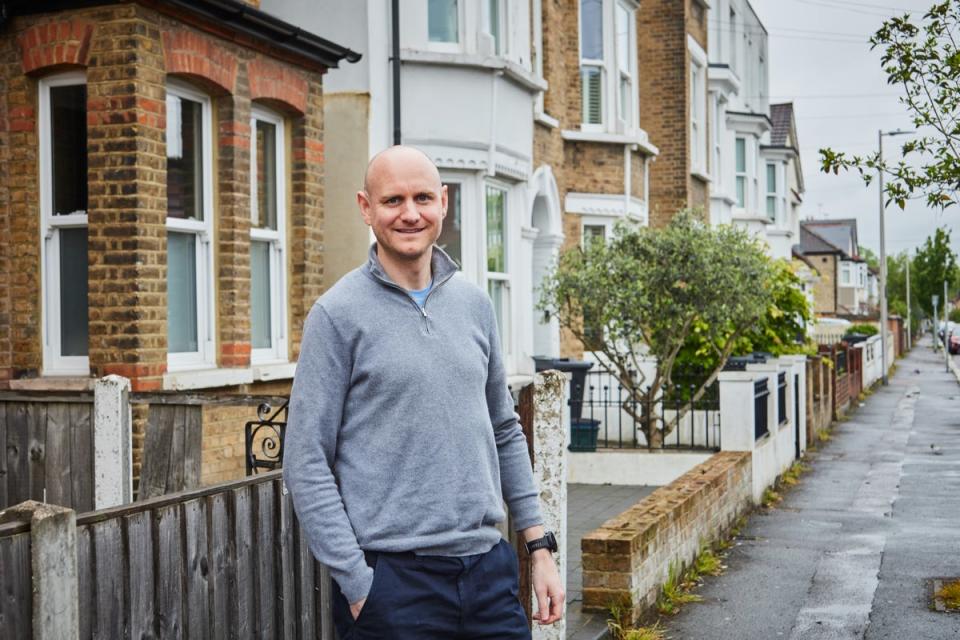

South Woodford is another area that could be described as Midurbia. “Five years ago we wouldn’t have wanted to live here, but we’ve gotten older than where we lived before,” says market analyst Stephen Chambers (37).
He bought a three-bedroom house with his wife Sarah, a doctor, in July 2023 and they have since welcomed a one-month-old baby.
They previously lived in a flat in Mile End and, like the Macrorys, had not visited the place where they eventually lived. “It’s very different from Mile End, which was very cool with a lot of hipsters. There are good cafes and restaurants, but there is not really a nightlife culture. We were the oldest people in the Mile End bars. Here, in the Slug and Lettuce, we are the youngest.”
South Woodford has become a Mecca for families. “There are buggies everywhere. There are 12 cafes within walking distance of our house, the best of which has opened since we got here.”
“There are 12 cafes within walking distance of our house, the best of which has opened since we got here.”
Stephen Chambers
The couple originally wanted to buy in Wanstead, a 20-minute walk away, but thought it was too expensive.
“Wanstead is probably five years ahead of South Woodford. There are more bars, an organic supermarket and nicer restaurants.” The price range for a house in their area is £600,000-£800,000 for a three-bedroom flat (compared to around £1 million in Wanstead), and a big attraction for them is the Central Line. “South Woodford has a village feel, but has fast transport links to London. It is seven stops to Liverpool Street.”
Although the family has easy access to central London, the family also appreciates the sense of community. “We know our neighbors and we have never known them before… There is a market and a Facebook group. It is very quiet: you will not be woken up by parties or sirens. It has no urban feel. It has its own identity.”
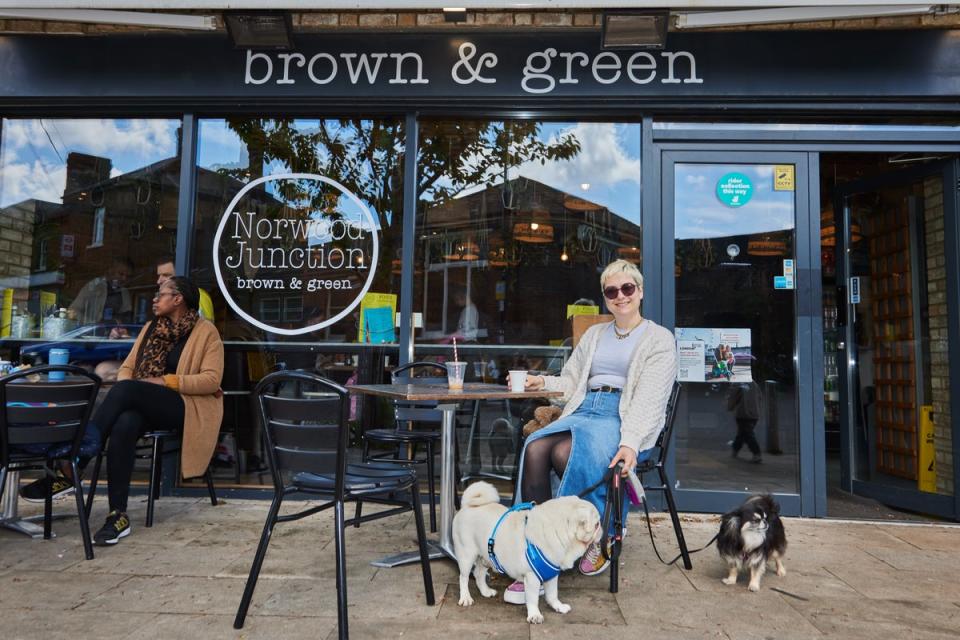

It’s not just young families moving to Midurbia. Content writer Thea de Gallier, 34, bought a one-bed flat in South Norwood. She paid £205,000 in 2021.
Although Midurbia could be Zone 2 or 3, she emphasizes, “I would define Midurbia as Zone 4; you are in London, but not in the main part. Many of my friends complain that they want to buy something somewhere but can’t afford it. I say, ‘Come here!’ I was in Tooting Broadway before. I chose here because I used Rightmove, filtered by price and saw where I could afford it in South East London. I had never set foot in South Norwood before. I loved Tooting Broadway, but I couldn’t afford to buy there.
“I chose here because I used Rightmove, filtered by price and saw where I could afford it in South East London.”
Thea de Gaul
Some locals have started a craft beer hut in South Norwood and there are a few coffee shops, so while it’s not really the place for a night out, “it’s a nice place to have a quiet drink”. It’s also very easy to get anywhere; Herne Hill and Brixton are 30 minutes away by bus and via the Overground you can reach Highbury & Islington in an hour and Shoreditch in 40 minutes. Crystal Palace is a 25-minute walk or 10-minute bus ride.
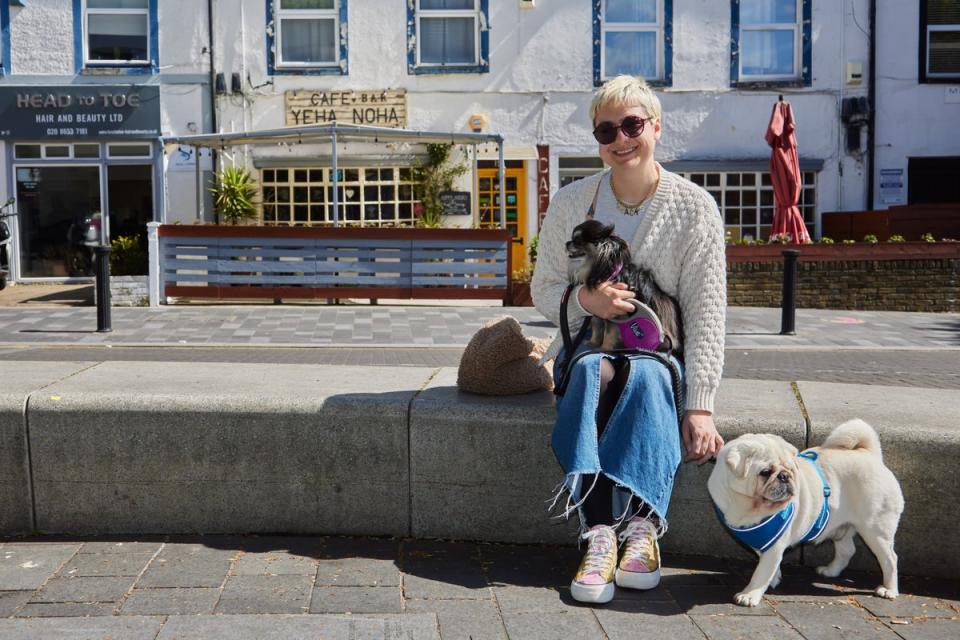

In terms of demographics, De Gallier says South Norwood is very diverse and there are people who grew up here and people, like her, who have moved because it offers good value for money.
“There is a mix of families, starters, couples, people who have moved as a couple and have had children, and also people in social housing… I like that it is not gentrified and that normal people live here. It’s not like Clapham, where everyone works in finance.”
“I like that it is not gentrified and that normal people live here. It’s not like Clapham, where everyone works in finance.”
Thea de Gaul
This echoes what local real estate agent Tyrone Eneh of KFH says: “We are seeing young professionals and creatives moving to the area. In South Norwood these buyers can purchase significantly more than in other areas of London.”
With the return to the office in full swing and many Londoners valuing easy access to the city, as well as more square footage and access to green spaces, Midurbia’s growth shows no signs of abating.
As Minhas puts it: “I think the most important factor in the growth of Midurbia areas is that they are emerging and fresh and therefore there is excitement about them.”